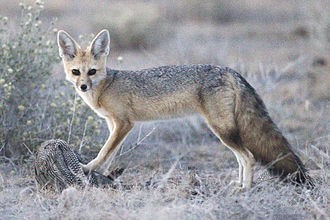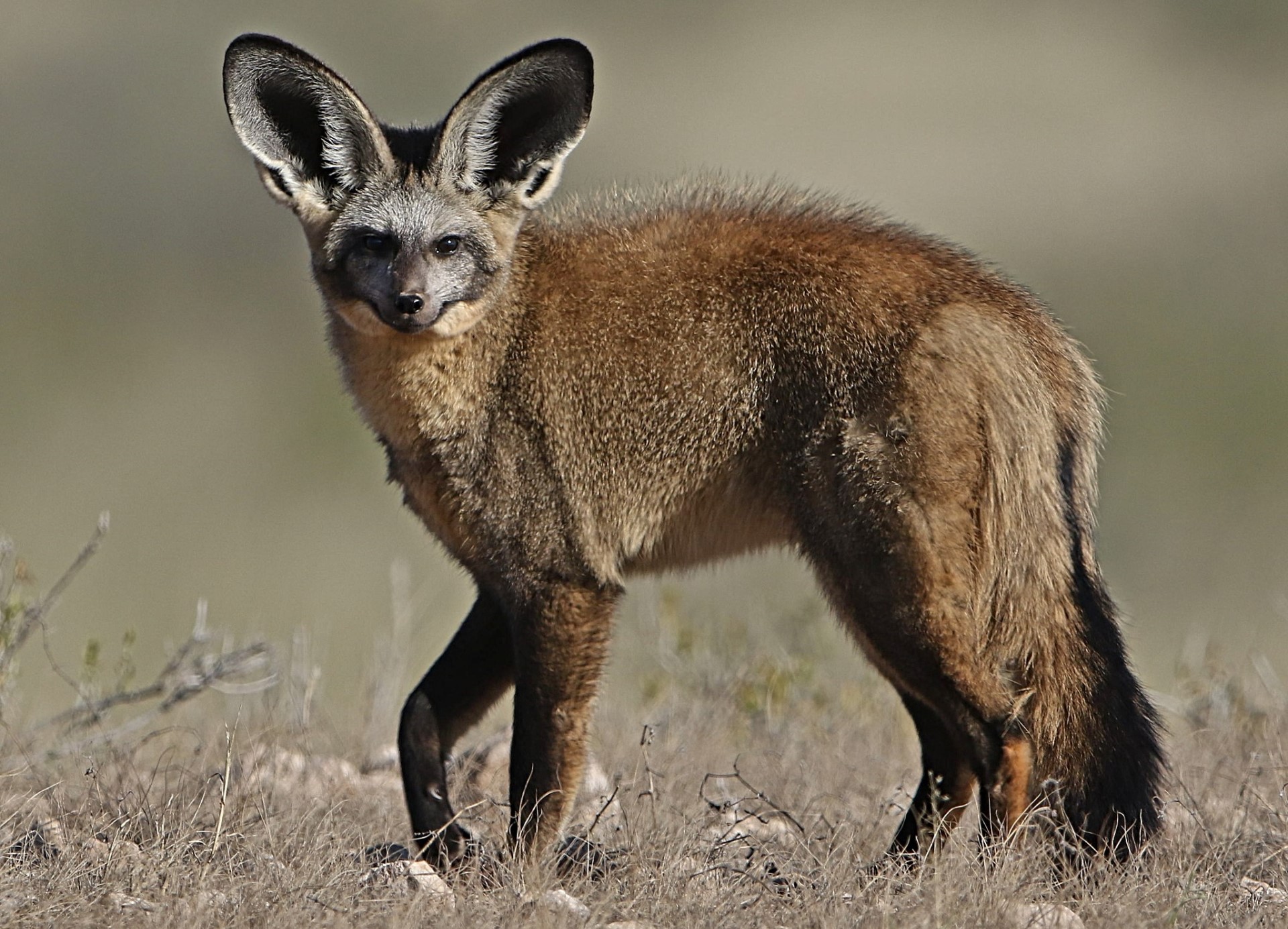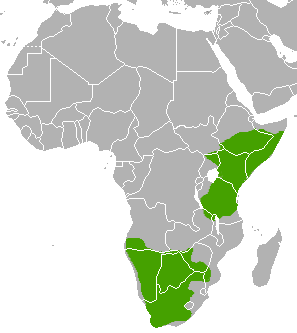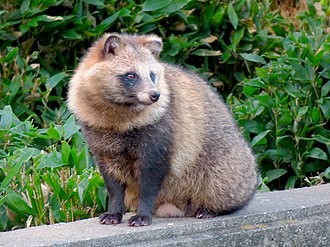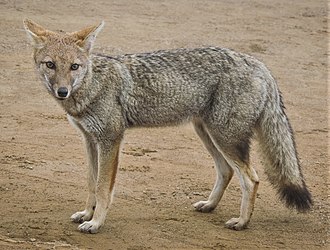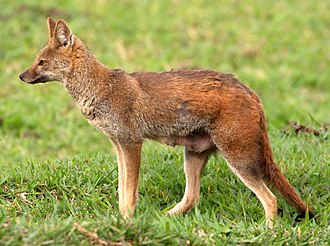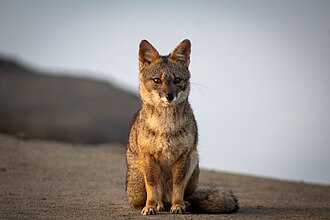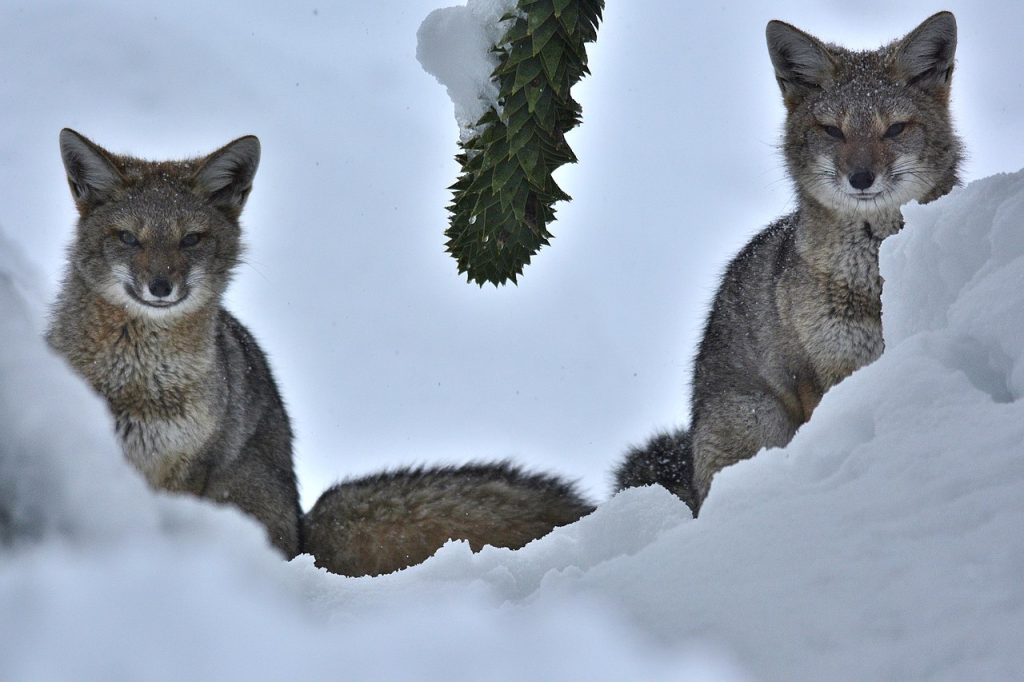This small fox is native to central Asia and the middle east. It should be noted, that it is named for its British discoverer, but has a wide variety of other names including Afghan fox, royal fox, dog fox, hoary fox, steppe fox, black fox, king fox, cliff fox or Baluchistan fox
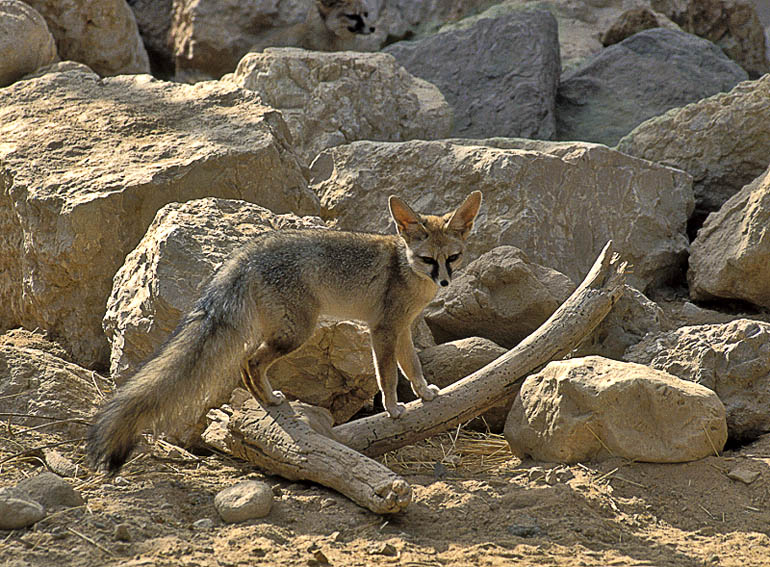
Once only known from southwest Asia, this species was reported in Israel in 1981 and was later found to be more widespread in the Arabian Peninsular. Peters and Rödel (1994) reviewed the available distribution records of this species and presented, for the eastern part of the range, what they considered to be definitive records from around the Iranian Plateau in Iran, Turkmenistan and Pakistan, with more doubtful records (usually based on skins collected from fur bazaars or otherwise indirectly) from Afghanistan and Tajikistan (though there is no such record).
There are also now confirmed records in the middle east from Jordan, the Sinai Peninsular (Egypt), Oman, Saudi Arabia and the United Arab Emirates. They have long been suspected of occurring in Yemen and have been reported at an altitude of about 1,200 m above sea level in Hawf Forest Al Mahre Governorate, in the far east of Yemen, near the border with Oman. It also seemed possible that they may have lived in western Yemen, where the mountains in southwestern Arabia were contiguous, and the camera trapping record in February 2014 in Wadi Sharis inHajjah Governorate, NW of Sana’a, now confirms their existence. There is a single record from Egypt, west of the Suez canal, of an animal captured in 1988, originally believed to be Vulpes rueppellii. There are no verified documents from here, but they may have existed.
At the current time, there is little directed persecution, and they are thought to have healthy populations across the middle east.
It was also sighted in northern Saudi Arabia[8] and in the Western Hajar Mountains of Ras Al Khaimah.[9] In 2019, it was spotted in Jebel Hafeet, United Arab Emirates.

